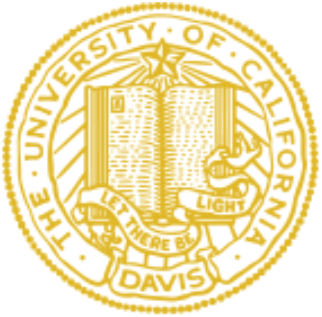Evidence Circuit Splits, and What to Do About Them
The Federal Rules of Evidence are designed to be simple and user-friendly — able to be deployed quickly and nimbly in the heat of trial. Despite this laudable goal, some of the rules present interpretive challenges. This Article explores approximately a dozen of the most deeply entrenched and troubling circuit splits involving Rules 407, 611, 702, 801, 803, 804, 806, and 1006.
More specifically, the circuit splits addressed are: (1) Whether the rule excluding subsequent remedial measures requires a showing that the defendant’s change was in response to the plaintiff’s injury, and also whether the rule is applicable in actions for breach of contract; (2) Whether demonstrative evidence is distinguishable from presentations used to illustrate other evidence; (3) Whether expert testimony on the unreliability of eyewitness identifications should be admissible; (4) Whether hearsay statements made by a declarant are admissible against the declarant’s successor-in-interest; (5) Whether a statement offered under the state of mind exception to the hearsay rule must be shown to have been made spontaneously; (6) Whether the requirement of establishing “corroborating circumstances” for declarations against interest allows proof of corroborating evidence extrinsic to the statement itself, and whether that corroborating circumstances requirement applies in civil cases; (7) Whether a hearsay declarant may be impeached with prior bad acts; and (8) Whether summaries of voluminous evidence are themselves admissible as evidence, whether the underlying evidence must or may be admitted, and whether oral summaries of voluminous evidence may be admitted.
For each of these circuit splits, we determine whether resolution through amendment is necessary, and propose language for amending the rules when an amendment is the appropriate solution.
